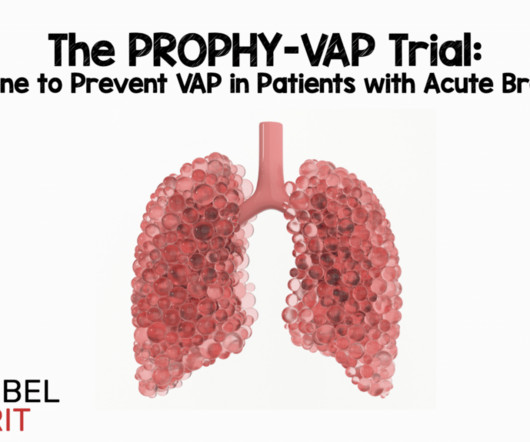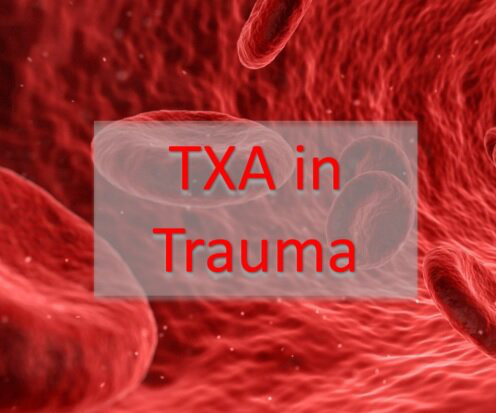Intranasal Fentanyl for Sickle Cell Vaso-Occlusive Pain
ACEP Now
AUGUST 25, 2023
The National Heart, Lung, and Blood Institute released an expert panel report in 2014 with evidence-based guidelines for management of SCD recommending timely administration of parenteral opioids for VOE.2 Two interesting findings were time to parenteral opioid administration and total dose of opioid morphine equivalents. Am J Hematol.

















Let's personalize your content